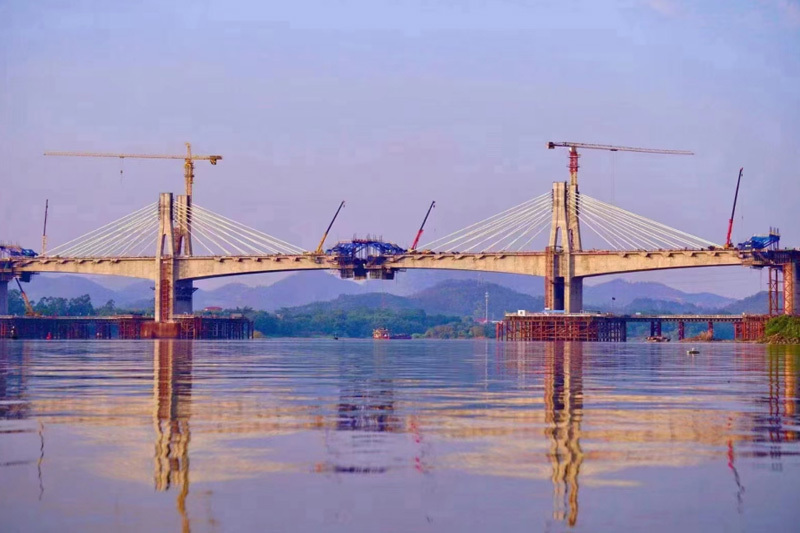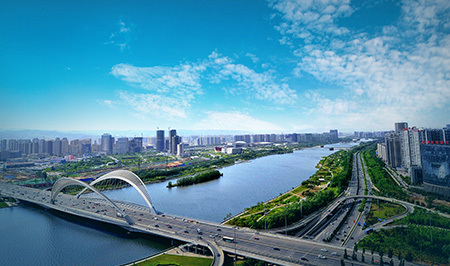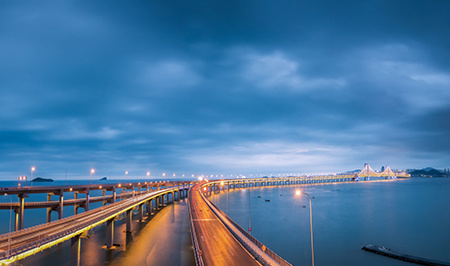What is the difference between subway and light rail?
Release time:
2024-10-24
What is the difference between subway and light rail?

Subway and light rail are both important means of transportation in modern cities. They are similar in many ways, but there are also some obvious differences. Below we will introduce in detail the difference between subway and light rail.
Definition of 1.
A subway is a heavy-duty rail vehicle, usually built in urban areas to carry large numbers of passengers. Metro lines are usually deep underground, and some lines are located on the ground or elevated. Light rail, on the other hand, is a light rail vehicle that is mainly used for transport connections between urban areas and has a slightly smaller transport capacity than subways.
2. line construction
Metro lines usually cover the main areas of the city, deep into every corner of the city, the construction of the line is more complex, the need to dig underground space. The light rail line is relatively short, mainly serving the main traffic corridors or densely populated areas of the city, and the line construction is relatively simple.
3. transport capacity
The subway is designed to carry a large number of passengers and has a large transportation capacity to meet the large-scale transportation needs during peak hours. The transport capacity of light rail is relatively small and mainly serves small and medium-sized passenger flows.
4. vehicle design
Metro trains are usually designed to be fully enclosed, with higher safety and stability, and can withstand the underground high-pressure environment. The design of light rail trains is relatively more flexible and can be adjusted as needed, including open and semi-open designs.
5. speed
As a heavy-duty rail vehicle, subway usually has a high operating speed. The speed of light rail is relatively slow, mainly because its design pays more attention to flexibility and can travel through the city without pursuing high speed.
6. fares and operating hours
Subway fares are generally higher, but operating hours are relatively stable and frequent. The light rail has relatively low fares, is more affordable, and has more flexible operating hours.
In general, both subway and light rail are important components of modern urban transportation. The subway is mainly responsible for carrying large-scale passenger flow and going deep into various areas of the city; while the light rail pays more attention to flexibility, mainly serving the small and medium-sized passenger flow of the city and the transportation connection between specific areas. There are obvious differences between the two in terms of definition, line construction, transportation capacity, vehicle design, speed and fare.
Tag:
Bridge construction
Recommend News
Share







